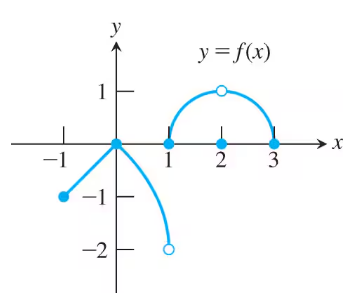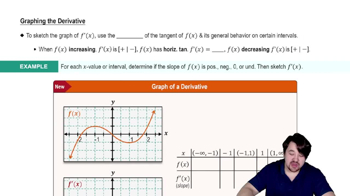Which of the following statements about the function y=f(x) graphed here are true, and which are false?
g. limx→1 f(x) does not exist.

 Verified step by step guidance
Verified step by step guidance Verified video answer for a similar problem:
Verified video answer for a similar problem:



 6:47m
6:47mMaster Finding Limits Numerically and Graphically with a bite sized video explanation from Patrick
Start learning